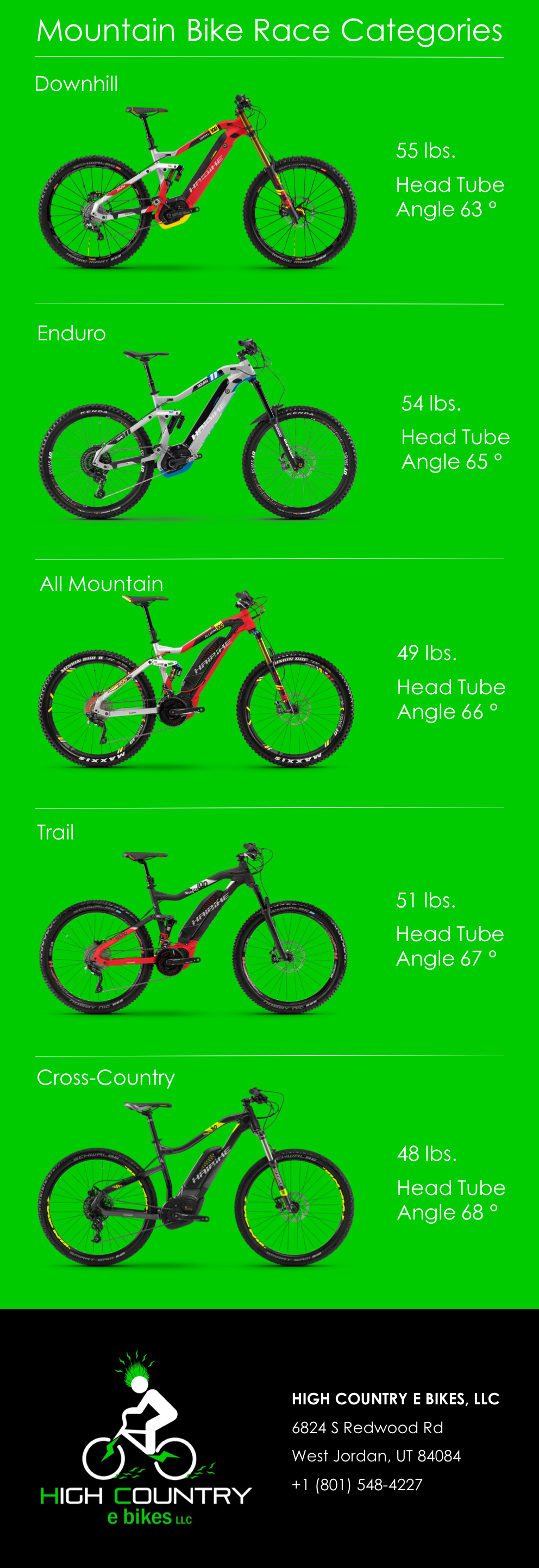An Introductory Summary Of E-Bike Regulations And Standards In Your City
An Introductory Summary Of E-Bike Regulations And Standards In Your City
Blog Article
Short Article By-Spivey Stanton
Prior to you get on your e-bike and struck the streets, it's crucial to understand the legislations and laws that control your city. From speed limits to designated riding locations, there's a whole lot to think about to ensure you're compliant and risk-free. By familiarizing yourself with the rules particular to e-bikes, you'll be much better equipped to appreciate your rides with no unforeseen lawful issues. Remain tuned to find crucial understandings that will assist you navigate the e-bike landscape in your city seamlessly.
Recognizing E-Bike Classification
When it pertains to browsing the world of e-bike legislations and regulations, a critical beginning factor is recognizing the category system that categorizes these electrical bicycles. E-bikes are typically categorized into three major classifications: Course 1, Course 2, and Course 3.
Course 1 e-bikes are pedal-assist only, meaning they give support while the rider is pedaling and have a maximum speed of 20 miles per hour. These bikes are admitted areas where conventional bicycles are permitted.
Course 2 e-bikes are furnished with a throttle that can propel the bike without pedaling. They likewise have a maximum speed of 20 miles per hour and appropriate for cyclists who may need support without pedaling continuously.
Course 3 e-bikes are similar to Course 1 yet with a greater maximum speed of 28 mph. These bikes are frequently limited from particular bike paths or tracks due to their higher speeds.
Understanding these categories is necessary for complying with local policies and making sure a secure and enjoyable e-biking experience.
Browsing Speed Restrictions and Constraints
To properly navigate e-bike legislations and laws, it's crucial to understand the speed limits and restrictions that put on various classes of electric bicycles.
Rate restrictions for e-bikes vary depending on the classification of the bike. Course 1 e-bikes, which are pedal-assist only and have a maximum speed of 20 miles per hour, are typically allowed on bike lanes and courses.
Course 2 e-bikes, which have a throttle in addition to pedal-assist and also get to speeds of approximately 20 miles per hour, might be limited in certain locations where motorized vehicles aren't permitted.
Course 3 e-bikes, with pedal-assist as much as 28 mph, are usually called for to comply with the same regulations as conventional bicycles.
It's important to stick to these rate limitations and limitations to guarantee your safety and the security of others when driving. Before riding your e-bike, acquaint yourself with the specific laws in your city to avoid any type of possible penalties or lawful concerns.
Where to Trip Your E-Bike
To establish where you can ride your e-bike, it's essential to recognize the policies and standards specific to your location. In https://ebiketips.road.cc/content/news/the-scott-silence-eride-is-a-145kg-mid-motor-urban-e-bike-but-it-comes-at-a-price-5581 , e-bikes are usually permitted on roads and streets where typical bicycles are permitted. This might include bike lanes, bike paths, and shared streets. Nevertheless, it's important to check neighborhood legislations as some cities might have particular restrictions on where e-bikes can be ridden.
When riding your e-bike, constantly focus on safety and security by complying with website traffic guidelines and valuing pedestrian pathways. In addition, be mindful of any type of designated bike lanes or paths in your location and use them whenever possible to ensure a smoother and safer trip.
Some cities additionally have policies relating to e-bike use on sidewalks, so see to it to acquaint yourself with these policies to stay clear of any type of penalties or penalties.
Final thought
Now that you're familiar with the regulations and policies bordering e-bikes in your city, you can with confidence hit the trail recognizing where you can ride and what limitations apply to your e-bike classification. Bear in mind to always prioritize safety and security and follow the regulations to make certain a smooth and legal ride. https://josuepxdkq.blogsidea.com/38546199/e-bikes-coming-up-considerable-fads-to-observe-in-the-next-five-years riding!
